
We’re sitting less than a month out from the 2023 Fall hunting season at the time of writing this. Along with my uncontrollable excitement, e-scouting, and focus on fitness, there is one other thing heavy on my mind. That thing is accuracy. To me, it doesn’t matter how fancy your bow is, it doesn’t matter how good the hunting spot is, and it doesn’t matter how in shape you are. If you aren’t accurate behind your bow, none of that other stuff matters.
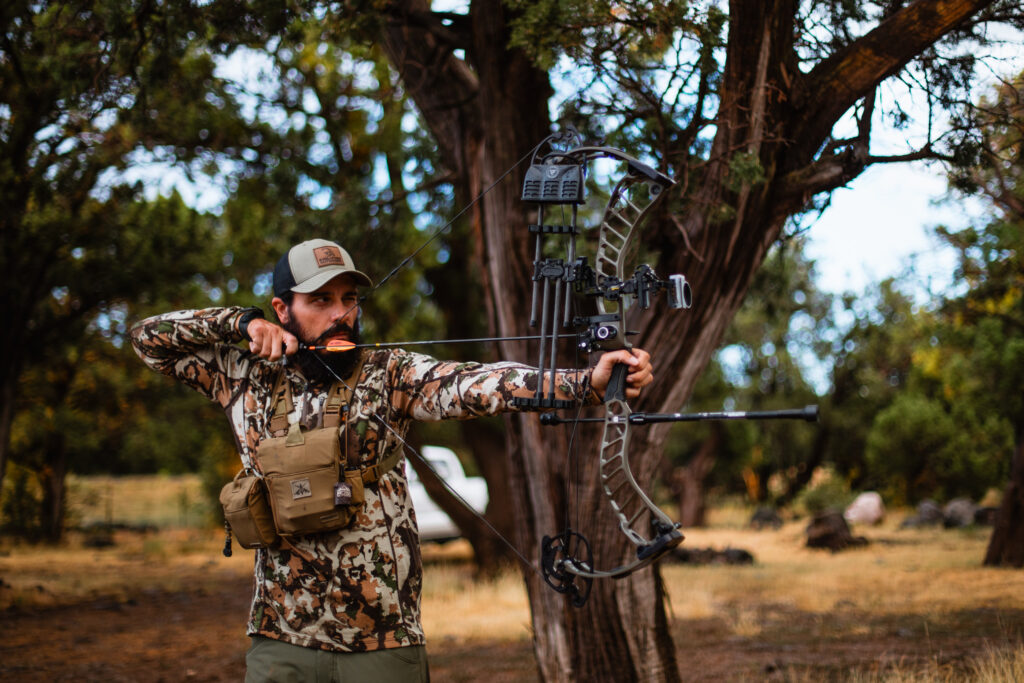
Everyone has a little different experience with what works well and not well for them. Down below I’m going to lay out 3 things that when not paid attention to killed my accuracy. But when paid attention to improved it tenfold.
In the very early years of my bowhunting, I honestly didn’t even know bows could be tuned. I just figured you slapped the arrow on, pulled the string back, aimed, and let it rip. Little did I know, there was a method to the madness and a bow that wasn’t tuned was a bow achieving levels far below its potential.
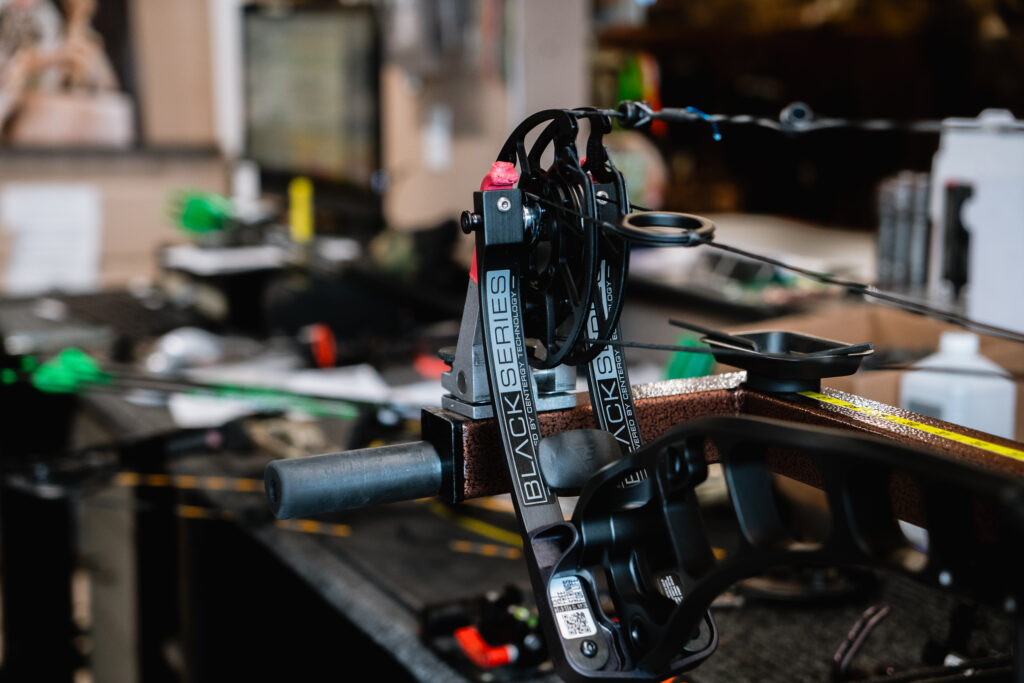
If a bow isn’t tuned, your accuracy will plummet, especially with broadheads. What I mean by a tuned bow, in a nutshell, is a bow that is shooting arrows as straight as possible off the string. It also means a properly spined arrow. An arrow that isn’t spined correctly is going to have inconsistent and wonky flight.
There is more than one way to skin a cat here, so I’m just going to tell you what I do to tune my bow and get optimal arrow flight. The best thing that has worked for me is paper tuning. Shooting an arrow through paper will show you real quick if that arrow is flying straight or not. A bullet hole indicates an arrow flying straight. Anything else indicates crooked arrow flight.
I like to do this with a fletched field point at 3 yards first. Once I get a bullet hole through the paper, I’ll move back to 6 yards are repeat the process. After this point, I have no issues with broadhead flight, and my groups are nice and tight.
How you go about releasing the arrow off the string has a massive impact on the consistency of where that arrow is going to hit downrange. There are 4 types of releases that folks use. They are the index style, thumb button, hinge, and resistance release. Each one of them works great, so what’s the issue? It’s how you engage said release.
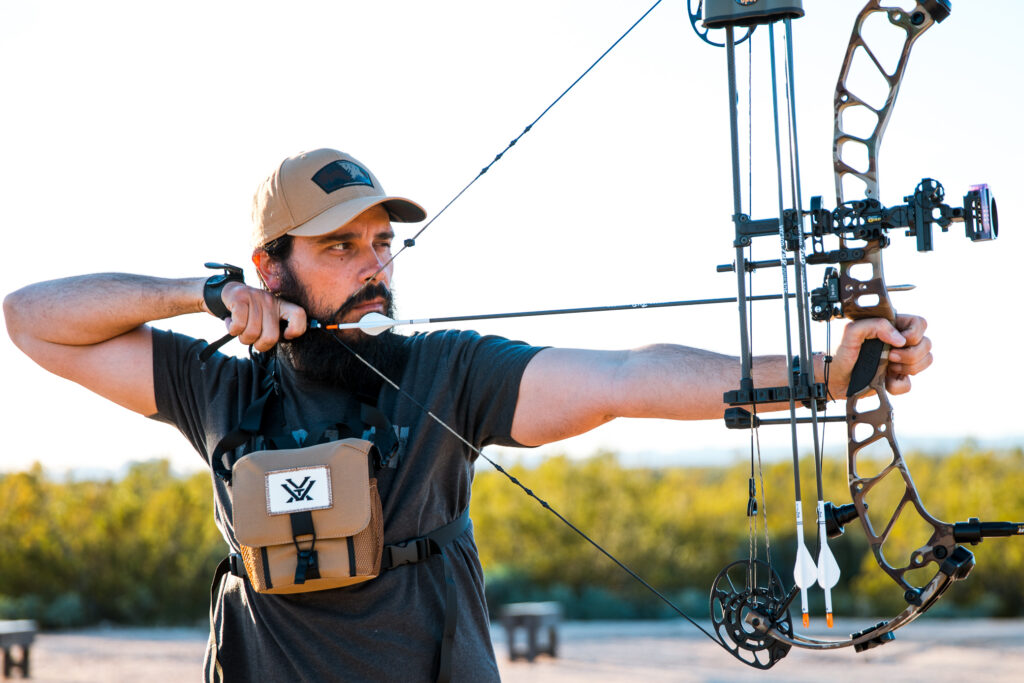
I’m not going to tell you which release is best for you. What I will say is that you should take the time to truly learn how to use that release properly. Especially with the index and thumb releases, it’s easy to just connect the release to the d-loop, pull back and hit the trigger. Getting the optimal release spans far beyond just that though.
This is a battle of the mind really, but I have found the best way to achieve consistent accuracy is by getting a surprise shot. If you don’t know the exact moment the shot will break, and you just keep aiming, your arrows are going to be hitting their mark time after time. When we anticipate the shot breaking is when problems start to arise. We drop our arms too early. We flinch. By learning how to get that surprise shot with your release aid, you’ll mitigate all of this severely and reap the benefits.
If you’re anything like me, you love to shoot your bow. It’s addicting watching those arrows sail through the air and hit exactly what we’re looking at. And if you’re a perfectionist, you try and squash any and all issues right on the spot. This can oftentimes mean over-shooting. Which is something I’ve dealt with and still deal with from time to time. The truth is, there is a such thing as too much of a good thing.
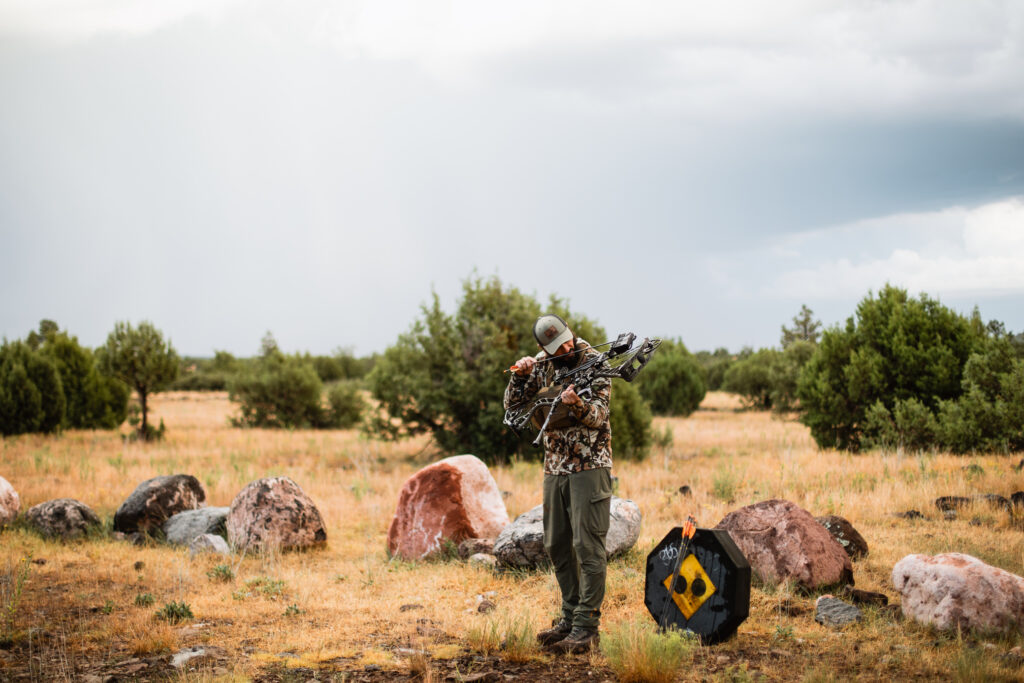
Shooting too much can lead to fatigue, overanalyzing, and hyper-focusing on things. When we get fatigued, our shot starts to break down. If we try and power through that, oftentimes bad habits can creep in that we aren’t even aware of. And getting in our own heads, overanalyzing/hyper-focusing can lead to indecisiveness behind the string. We start trying out a ton of different things and end up like a chicken with its head cut off. An aimless process, rather than an intentional one, and inevitably an accuracy killer.
Again, shooting a bow is fun. But, if you start seeing things fall apart, then don’t be afraid to hang up the bow for the day. Don’t think you need to try and fix everything right then. The fix honestly might just be coming back fresh. And if that doesn’t do it, at least you’ll be in a better state to start rectifying whatever issue you are having.

The moments at full draw that we get to experience in front of an animal are few and far between. On a 10-day hunt, it’s very possible that you only get one opportunity to bend the limbs back, if any. So, when they do happen, we want to be at our best. Which is why accuracy is so important. If far outweighs any heavy arrow trend, FOC dilemma, or what material your broadhead is made out of. Honing in on your accuracy is honing in on your desired end results in the field.
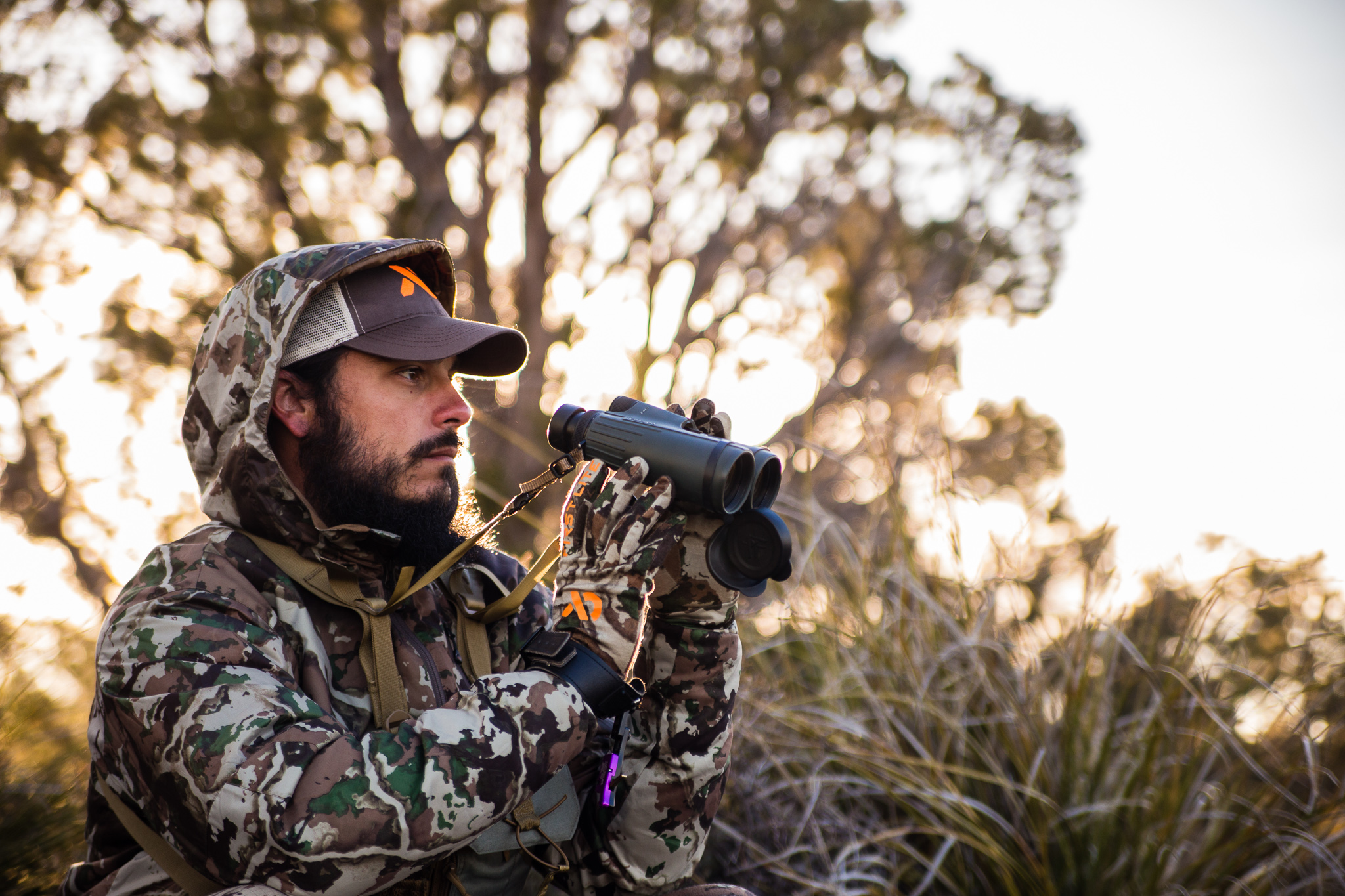

Copyright 2019 Dialed In Hunter
Design by NXNW.